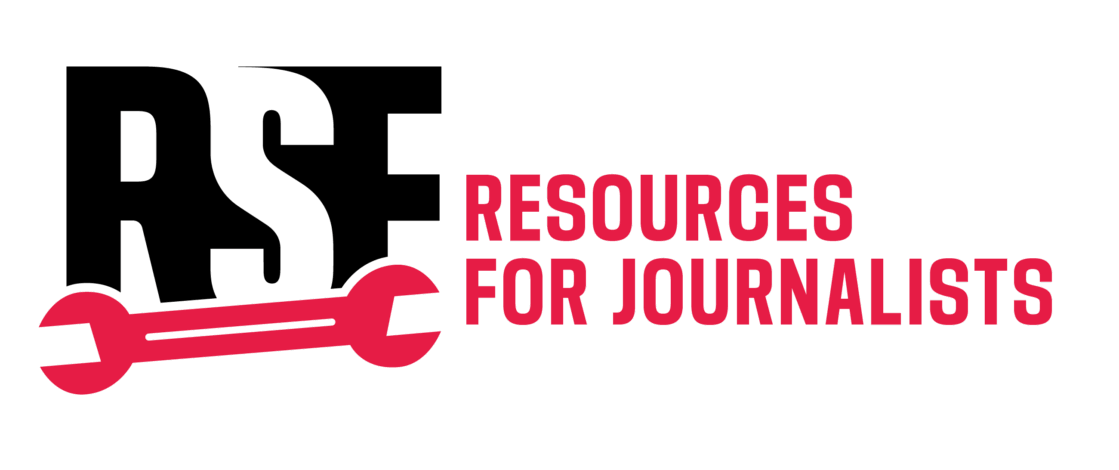“Hostile Environment Awareness Training (HEAT) for journalists” is a ten-part series developed by Reporters Without Borders (RSF), Silk Road Training and a local partner. This last article provides a step-by-step digital security protocol for journalists to follow before, during, and after a reporting trip.
Hostile Environment Awareness Training (HEAT) is a comprehensive safety training course covering core areas of preparedness for journalists working in high-risk environments. It includes preparedness for civil unrest, conflict zones, hostile environment first aid, vehicle safety, and digital security. Digital threats can arise at any stage of a reporting assignment. Journalists face particular risk when crossing borders, working in unfamiliar networks, or using devices to store sensitive information. Adopting a clear, systematic approach to digital safety can help prevent breaches and reduce the risk of exposure in the field.
1 – Before you go: device and data preparation
Good digital hygiene begins before departure. Journalists should minimise the number of devices they bring and make sure each one is updated and secured, especially if they go into an authoritarian regime where their device would be at risk of being seized by law enforcement. Taking the following steps will reduce the risk of accidental data leaks or targeted attacks at border crossings or in high-risk zones.
- Only carry essential devices and remove any that are not needed.
- Install the latest updates for operating systems and apps to patch known security vulnerabilities.
- Change all passwords and consider using a password manager to generate and store strong credentials.
- Enable two-factor authentication (2FA) across accounts wherever possible.
- Back up important data and store it in a secure location separate from your devices.
- Remove sensitive information from your devices and social media accounts to limit exposure if searched or seized.
2 – While in the field: staying secure on the move
Maintaining security while reporting requires constant vigilance. Journalists must assume they are under digital surveillance and act accordingly.
- Avoid downloading local apps that could contain malware or spyware.
- Disable location services, Bluetooth, and Wi-Fi unless necessary.
- Use a Virtual Private Network (VPN) when connecting to the internet.
- Browse in private mode and clear your browser history regularly.
- Do not use public charging stations, as they may compromise your devices.
- Never leave phones, laptops, or drives unattended, even briefly.
3 – When you return: clean up and back up
Digital security does not end when the trip is over. Journalists should assume their devices may have been exposed and take steps to secure them.
- Change all passwords and PINs immediately upon returning.
- Report any devices suspected to have been compromised to a security focal point for further guidance.
- Consider fully re-imaging or wiping devices if there is concern about malware or tracking tools.
This article is based on the content of a three-day HEAT training conducted by Silk Road Training and organised by Reporters Without Borders (RSF) and a local partner.
Silk Road Training offers online and in-person HEAT training led by expert trainers with over 20 years of training and security advisory experience globally to help media professionals and frontline journalists build life-saving skills in high-risk areas.
← Read Part 1: Preparing for civil unrest
← Read Part 2: Techniques to stay safe during civil unrest
← Read Part 3: Planning ahead in conflict zones
← Read Part 4: Responding to conflict threats in the field
← Read Part 5: First Aid – Assessing casualties, managing catastrophic bleedings
← Read Part 6: First Aid – Airway management and resuscitation
← Read Part 7: First Aid – Monitoring casualties and secondary assessments
← Read Part 8: Vehicle safety and road traffic collisions
← Read Part 9: Let’s not forget digital security



